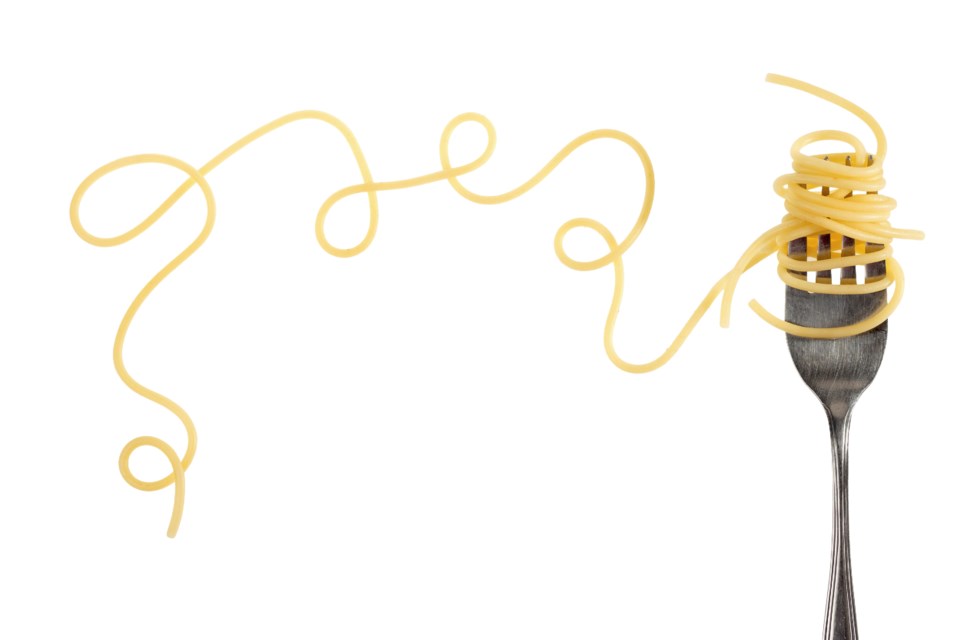For a cuisine as ancient as Italian, it’s no wonder it has acquired its fair share of myths and misconceptions.
I could list so many more than four, but these are the ones I really need to get out of my system. There are no right or wrong ways to eat Italian food – after all, it’s just food – and you can enjoy it however you want. As long as it’s good, I don’t think many people care where the origins of their pasta came from. Knowledge about a dish shouldn’t make it taste better, but it doesn’t hurt to know a little more.
Here are four things people often get wrong about Italian cuisine.
1) Spaghetti and meatballs are Italian – False. I’m not sure if this is widely known by now, but I'd like to think so. Spaghetti is Italian and meatballs are Italian, but when you get a plate of spaghetti topped with meatballs, this is not authentically Italian. Italian immigrants introduced the idea in North America, so if anything it’s an Americanized Italian dish.
2) Gelato vs ice cream – This one bothers me a lot because for years I separated the two, insisting they were completely different things, but recently learned they aren’t. Gelato is Italian-style ice cream, or the Italian word for ice cream, and ice cream is American. It’s more about language.Yes, gelato is often made with less air and has less fat etc., but it also depends on the gelato machine, the recipe and so many other factors. Some gelato uses eggs and some ice cream doesn’t, and vice versa. In the end it’s all just forms of ice creamy goodness.
3) “Al dente” – This term is also troublesome. What the hell does “to the tooth” even mean? I used to think al dente meant that the pasta noodle was still firm to the bite, but after spending a week in Abruzzo learning about pasta from the Rustichella d'Abruzzo pasta family, I learned I was wrong again. For them, al dente pasta was almost still crunchy. I showed them a cooked noodle with a tiny white core, a sign of undercooked pasta in North American culture, but to them this was perfect. Apparently undercooked pasta (which is actually properly cooked al dente) is easier for the body to digest because you’re chewing it more before you swallow. What is deemed al dente also varies according to region, so what one Italian may consider al dente may not be to another.
4) Save the bread. Just because it arrives at the table first doesn’t necessarily mean it’s meant to be eaten first. In North America, we tend to reach for the olive oil and balsamic when enjoying the bread at Italian restaurants, but in Italy the bread is not enjoyed this way. Instead, it is used as a sponge to wipe up the leftover sauce on your dish. The act is called “fare la scarpetta.”
Find out more about Mijune at FollowMeFoodie.com or follow her on Twitter and Instagram @followmefoodie.



